This site contains affiliate links. Please see Policies for more information.
I’ve seen a lot of talk lately about adding “nofollow” to blog posts. I thought I’d try to break it down and give you a quick explanation of how to do it and why.

Google: The world’s leading search engine.
Spam: Businesses that purchase or add links to internet websites. The spam comments you get on your blog? They are left because the author of those comments wants your blog to link back to them, since leaving a comment adds their name and website link to your website.
Page Rank: Google’s ranking system, based on numbers 0-10. Find yours here.
Link Juice: The authority and boost that your blog gives when linking to another site.
NoFollow: A small bit of HTML code that you add to your links to make them not pass Page Rank or authority to the website that is being linked.
1. When you link to other blogs or websites, you’re passing Google link juice to those sites. That means that your blog’s page rank and influence are passed to the site you’re linking to, which will eventually help to increase both their page rank and clout within the Google search engine (it’ll help them move to the top of the search page). See how I just linked to the Wiki article about page rank? That link was a sign of endorsement, and their page rank will be boosted a little because of the link. (I didn’t NoFollow that link because I am not being paid or compensated to link to it)
2. If a company pays you to post for them, they’re paying for advertising or links. Google says that you’re not allowed to pay for link juice, which makes sense. When I Google something online, I want to know which websites are popping up in the results because they’re quality results and which results are being paid for.
Let’s look at this Google results page. I searched for “buy domain names” and can clearly see the ads vs. the search results. Google is trying to keep it this way. I’m assuming that the place where most people buy domain names are GoDaddy.com, Register.com, and Sedo.com. I’m trusting Google to give me the popular opinion vs the ads. If a bunch of bloggers were paid by, say, HostGator, to blog about their services and add links to their posts, HostGator would receive link juice from the bloggers and would probably be pretty close to the top. See how that influence could be purchased by a company?
How To Add NoFollow To Your Links
In the grand scheme of things you linking to a company isn’t going to put them at the top of the search engines, but it will give them authority. If you’re paid or compensated for a post or an ad in any way, you should be adding NoFollow tags to your outgoing links. This should be done manually in the text editor where you type your blog post. It’s super simple. I promise.
1. Switch from your visual editor to your text editor screen. Use the graphic below to help you find that.
You’re going to have to manually find the links, so it might help to toggle back and forth to see about where they are.
2. When you find a link, it’ll look like this:
<a href=”http://www.wholefoodsmarket.com/apps” target=”_blank”>apps to help you shop</a>
If you want to know more about this link, you’ll probably want to take a look at this post that gives 4 HTML Tips for Bloggers.
The above link that is being referenced (http://wholefoodsmarket.com/apps) followed by “target=”_blank,” which tells the link to open in a new window.The text is what is actually linked in the post.
The link above looks like this in the blog post:
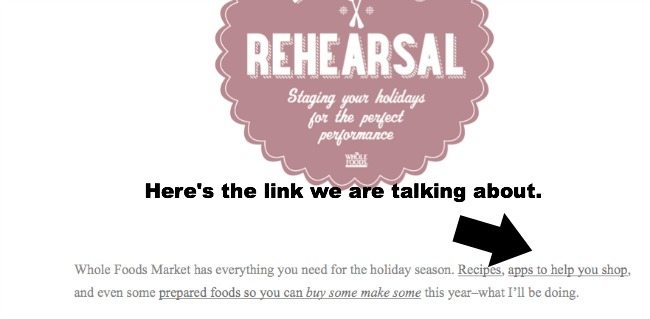
rel=”nofollow”
Here’s what the finished link should look like:
<a href=”http://www.wholefoodsmarket.com/apps” target=”_blank” rel=”nofollow”>apps to help you shop</a>
It’s that simple.
The trick is to not over-link in your post, causing you to have to change a ton of these before publishing.
____________
Why should you care about your links? Here are a few examples:
-A friend sold text ads on her sidebar (just text and a link, no image). Her Page Rank (PR) was a 5, which is very rare for a blogger. Her Page Rank was pushed down to a 2 and she was sent a stern warning from Google about her lack of NoFollow links. After they were all changed (throughout her site), she received her Page Rank back.
-A blogger who used to have a deal/coupon blog recently switched to a parenting blog. Her previous (deal) posts contained a lot of links–and none of them were NoFollowed. After being pushed down from a Page Rank of 4 to a 0, she had to make a decision–go back through her thousands of posts to NoFollow them all, delete those posts, or just push on and try to gain back the page rank over time. I’m not sure what she did, but none of the situations were good.
Why should you care about Page Rank?
If you’re blogging for business or to gain authority, your Page Rank is another measure of your online clout. Sometimes, companies can ask for or check your Page Rank to determine if they want to work with you.
Can I just use a plugin to NoFollow my links?
You could, but you shouldn’t. One day the plugin might fail, or not exist anymore. Google surely won’t accept, “But it’s not my fault! It was the plugin!” as an excuse when they see Follow links in your sponsored posts.
______________
Questions? Comments? Leave them below and I’ll do my best to answer!
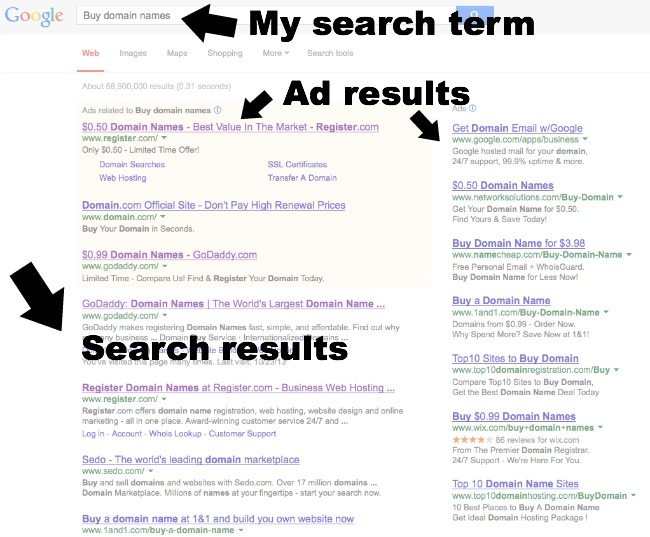
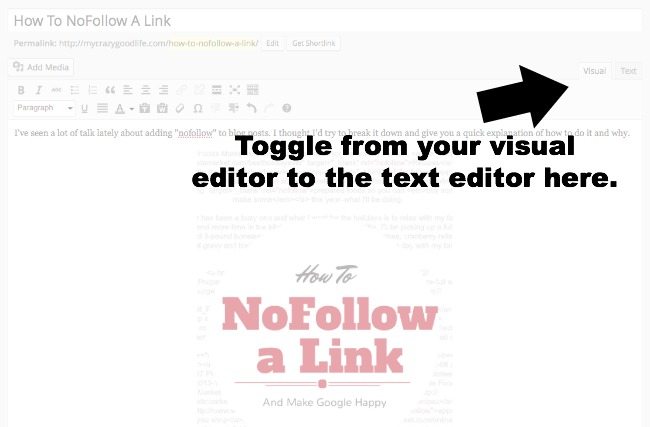
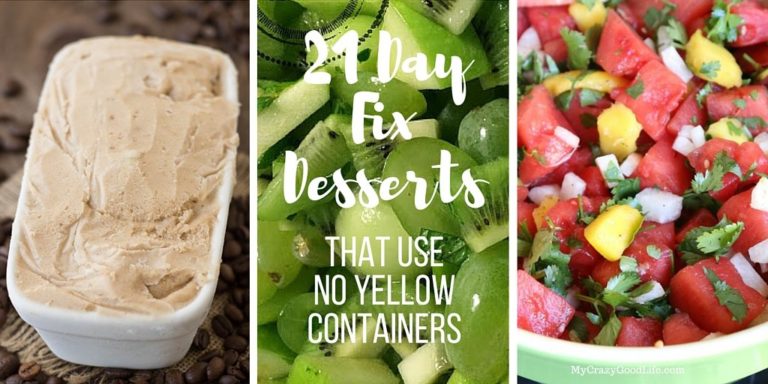
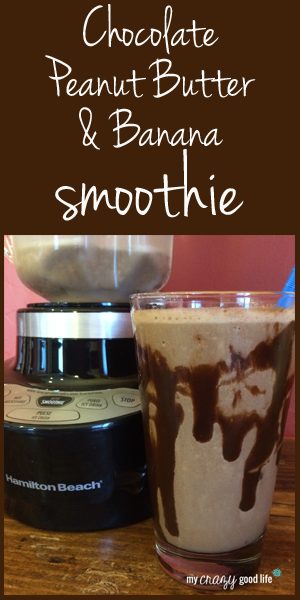
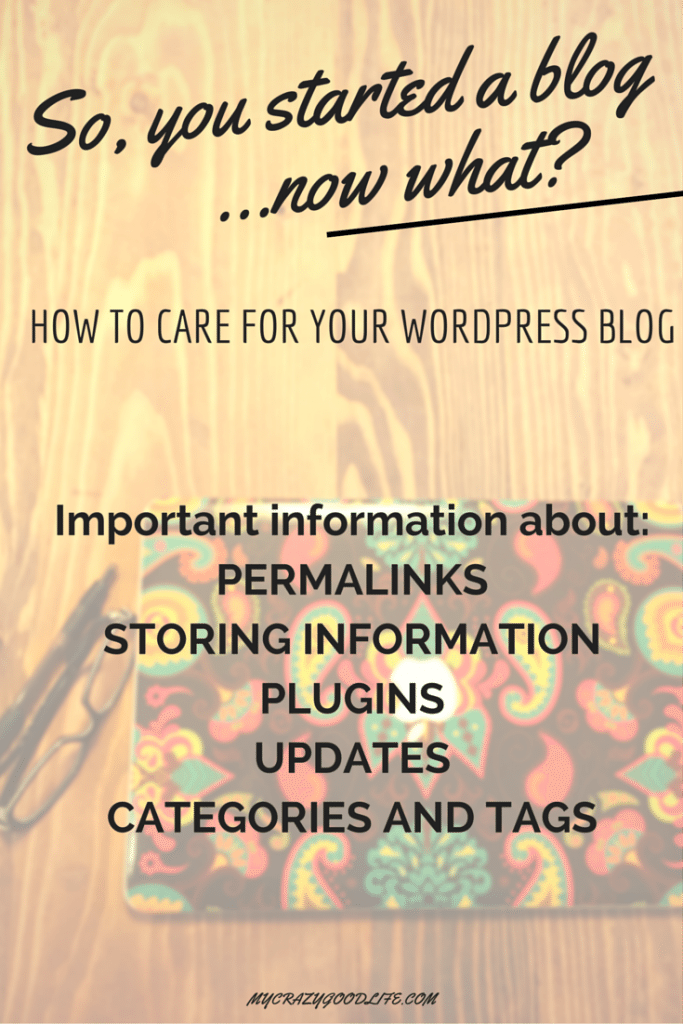
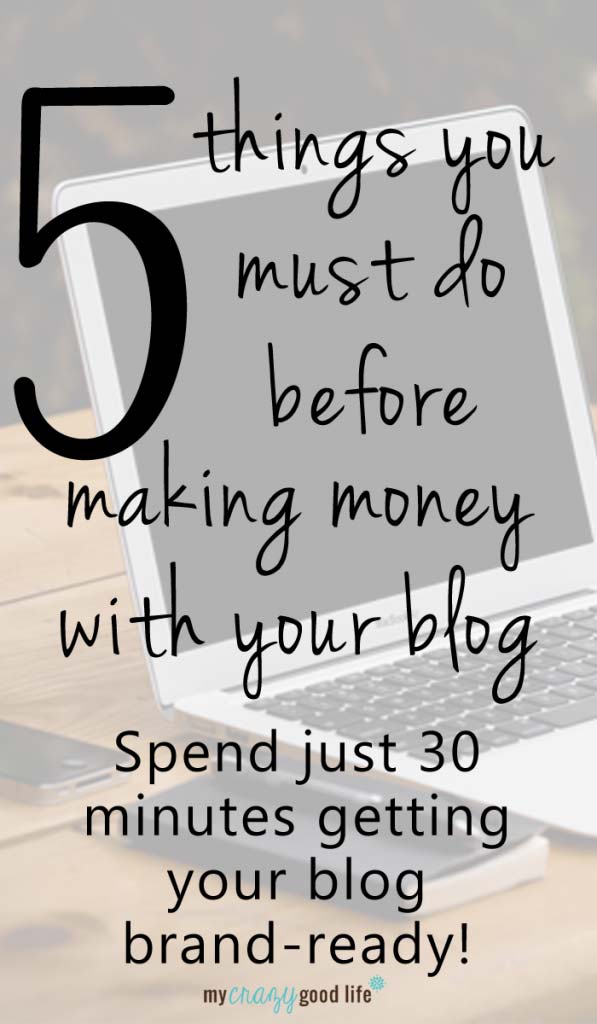
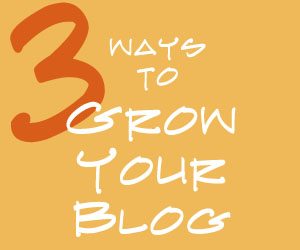

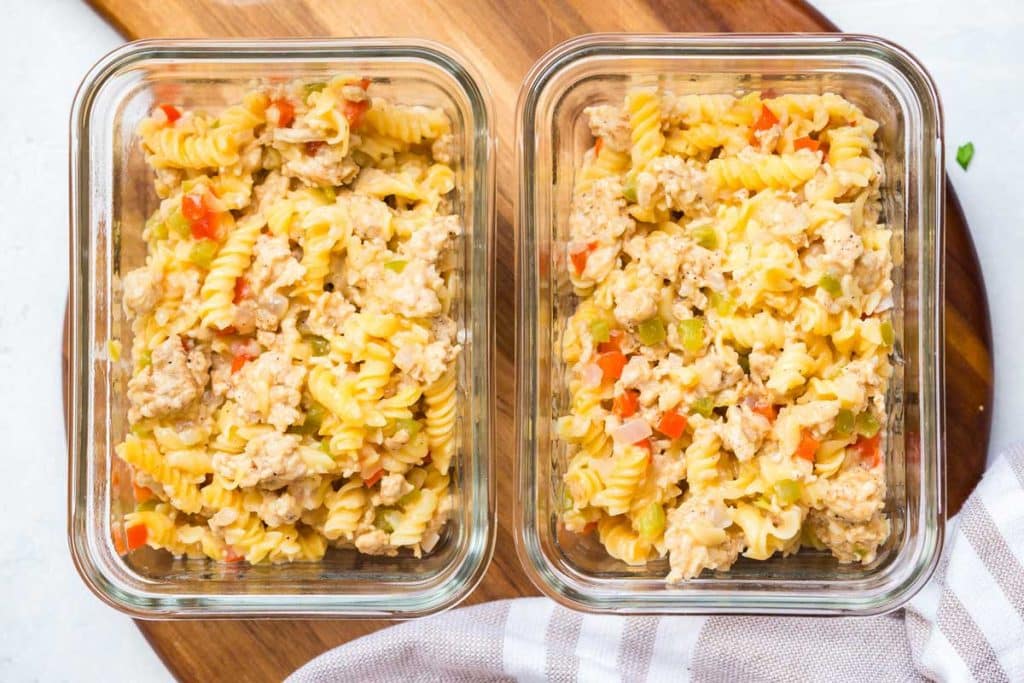

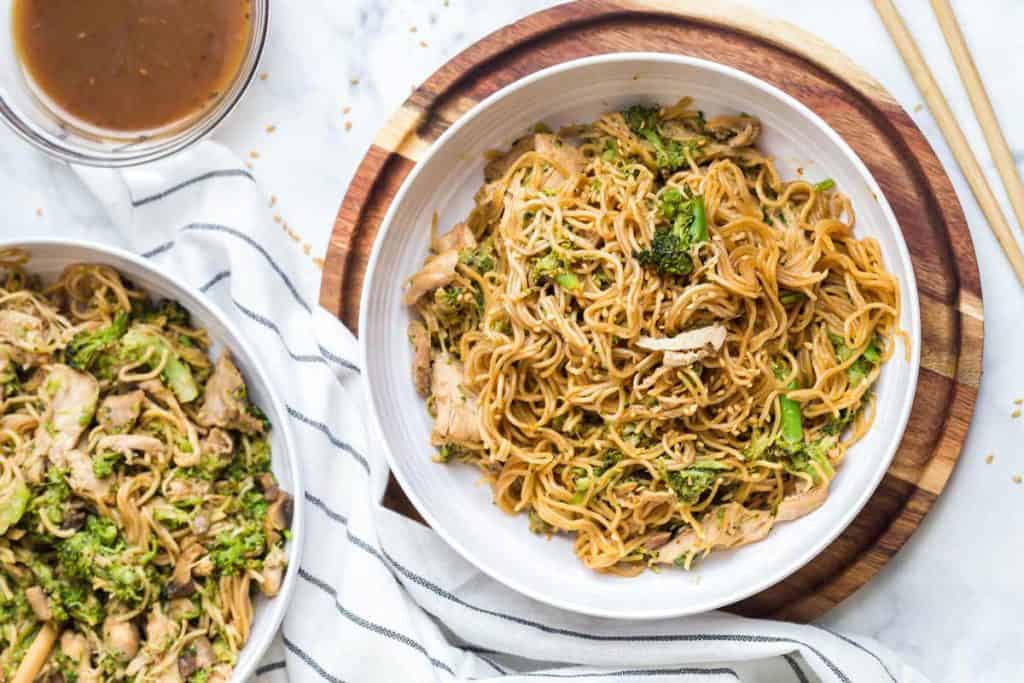
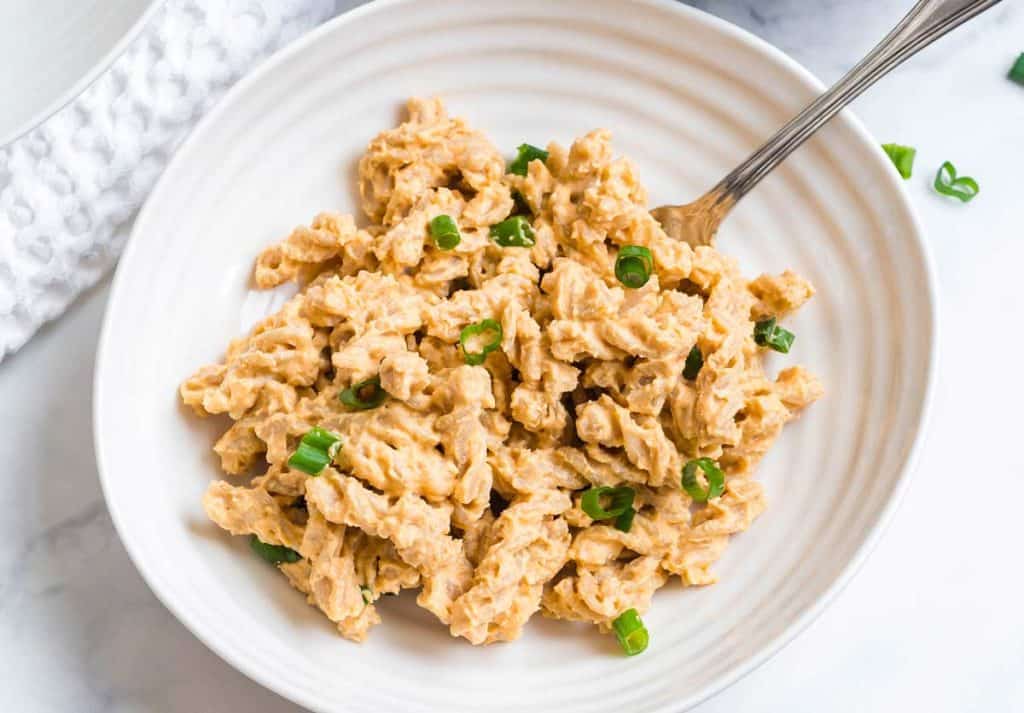
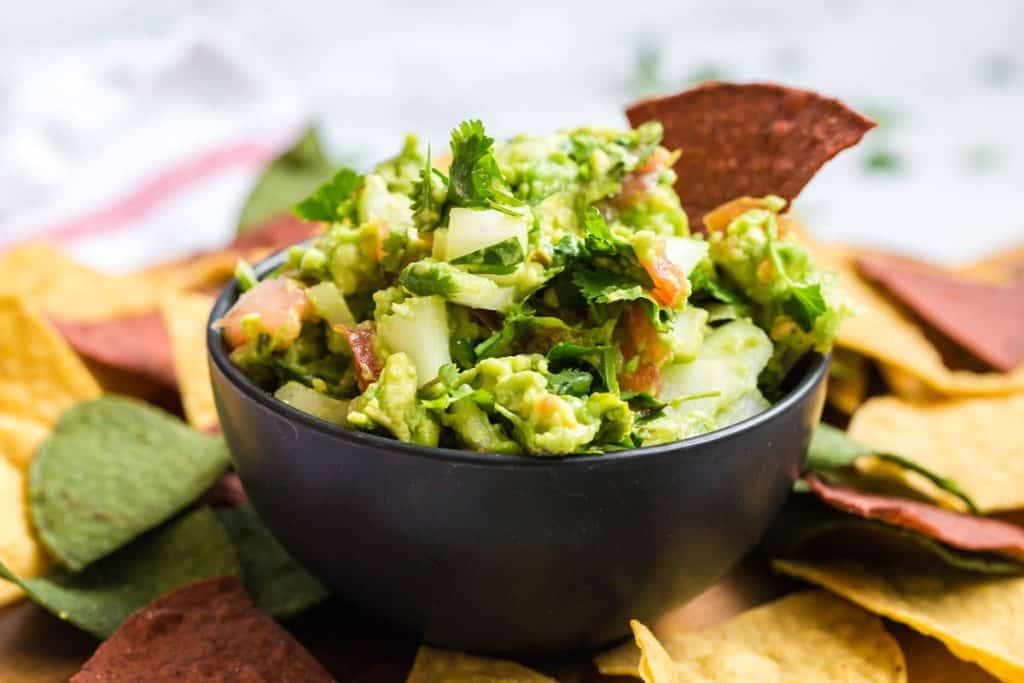
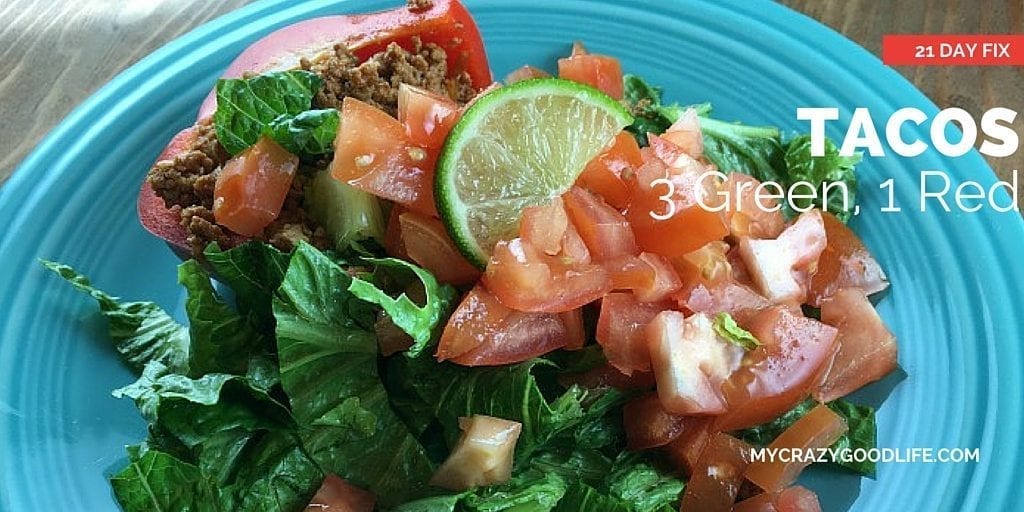
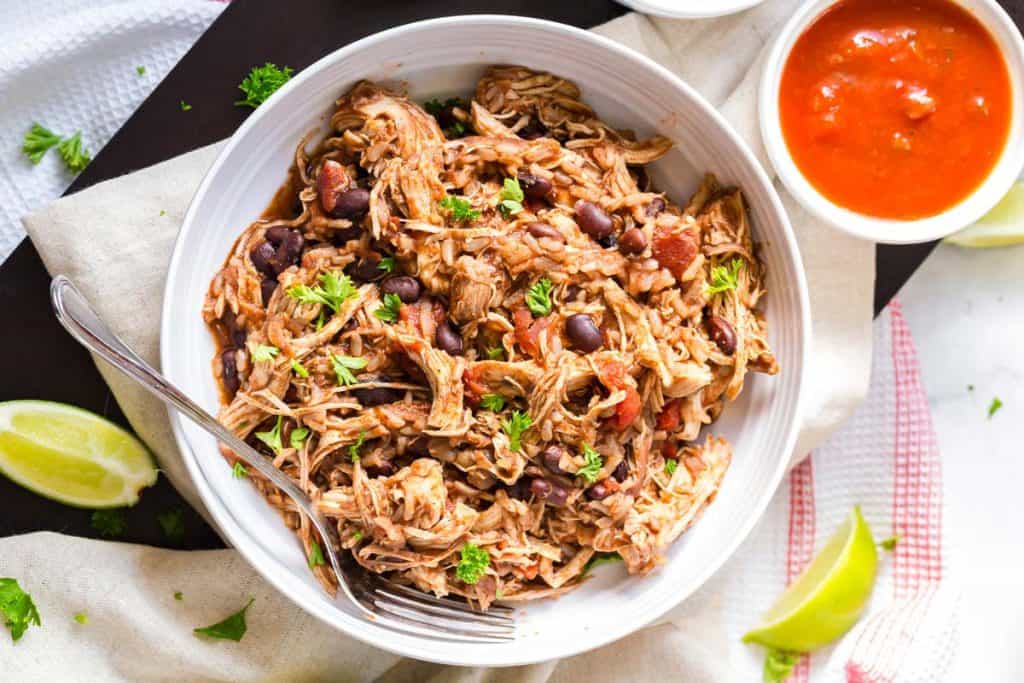

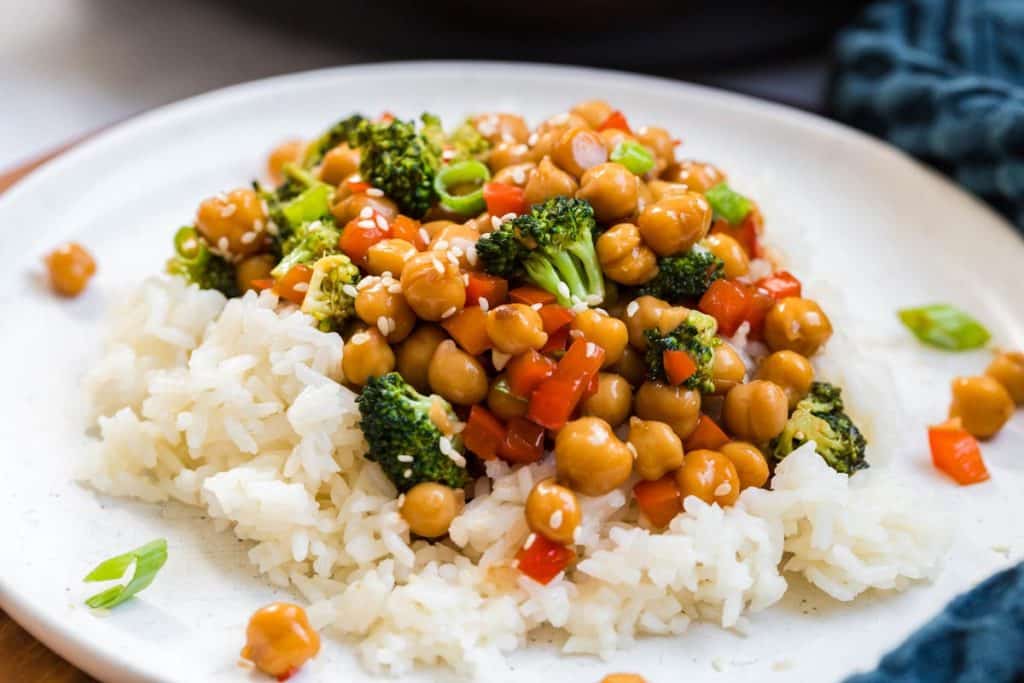
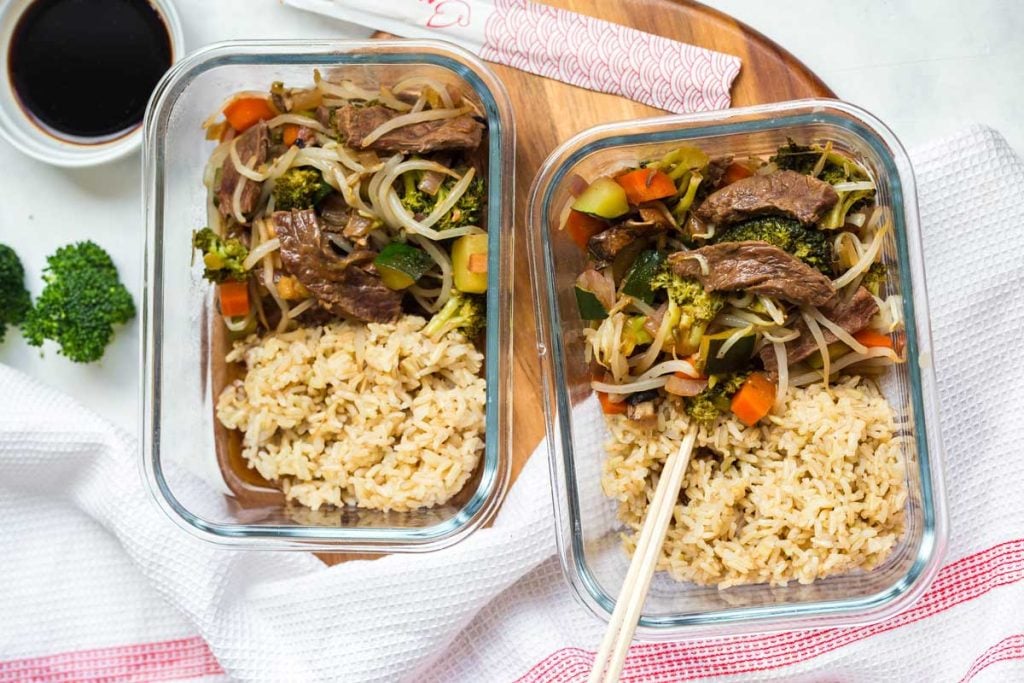
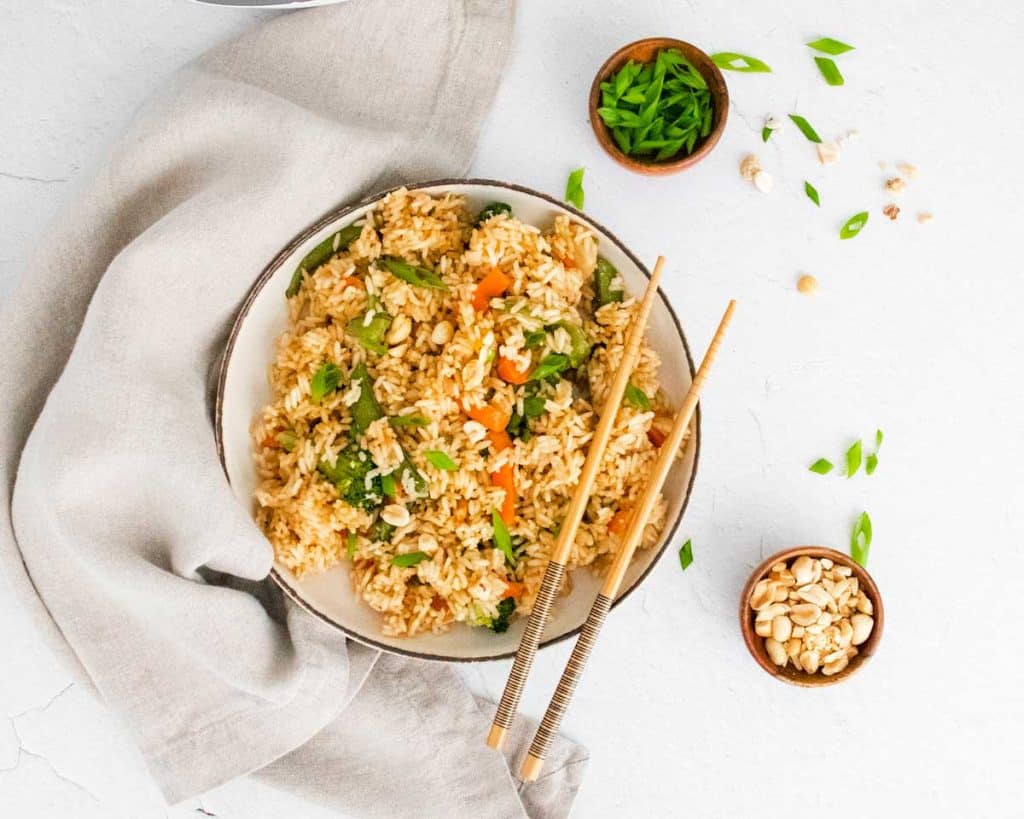
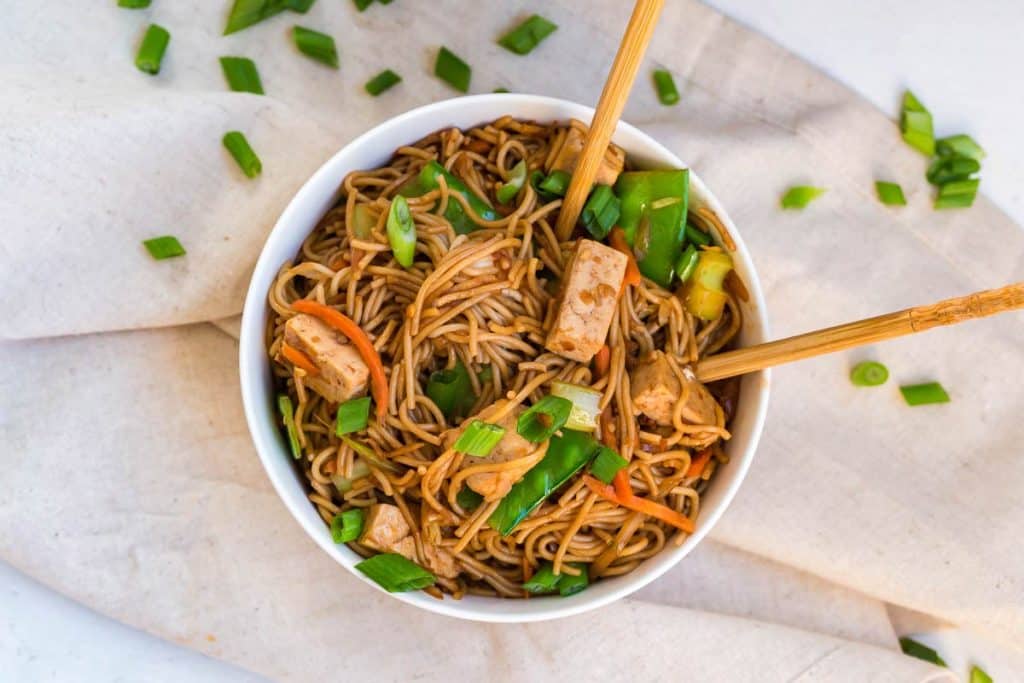
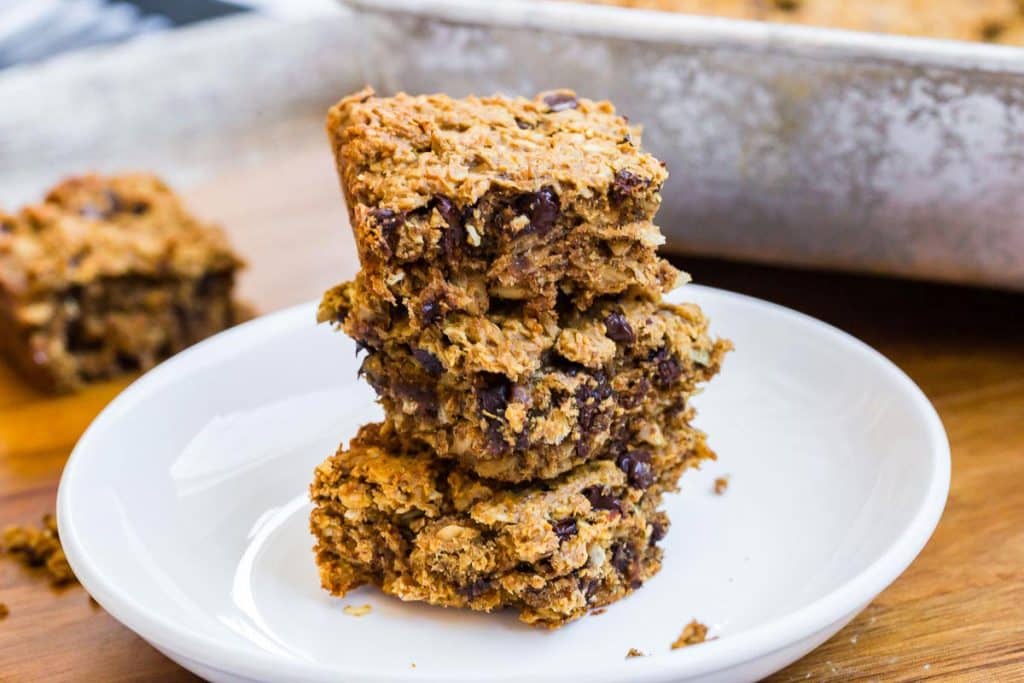
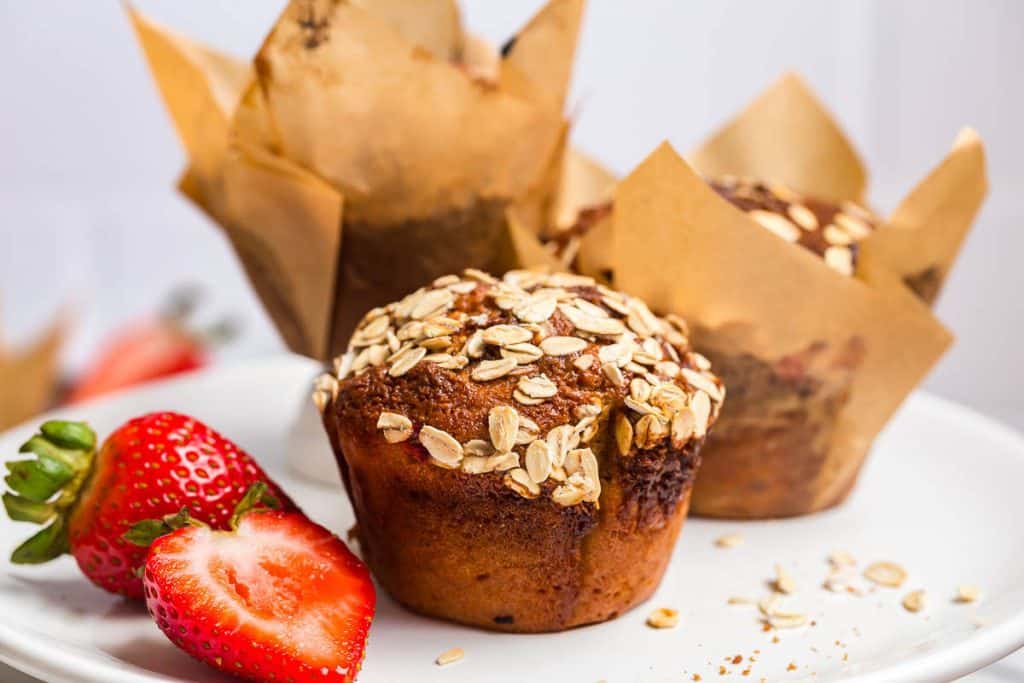
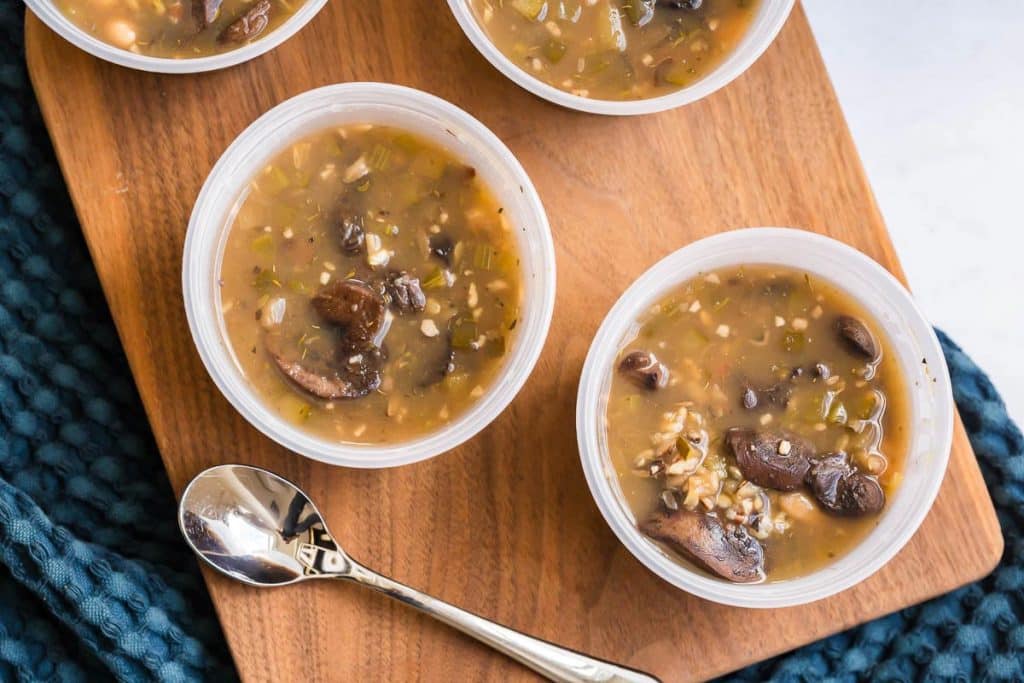
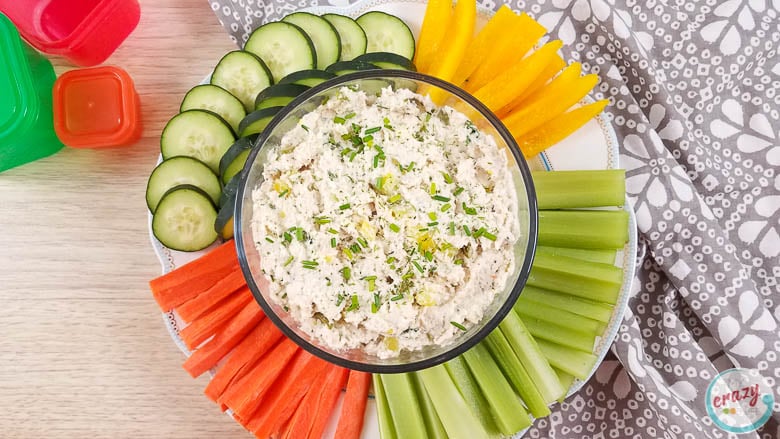
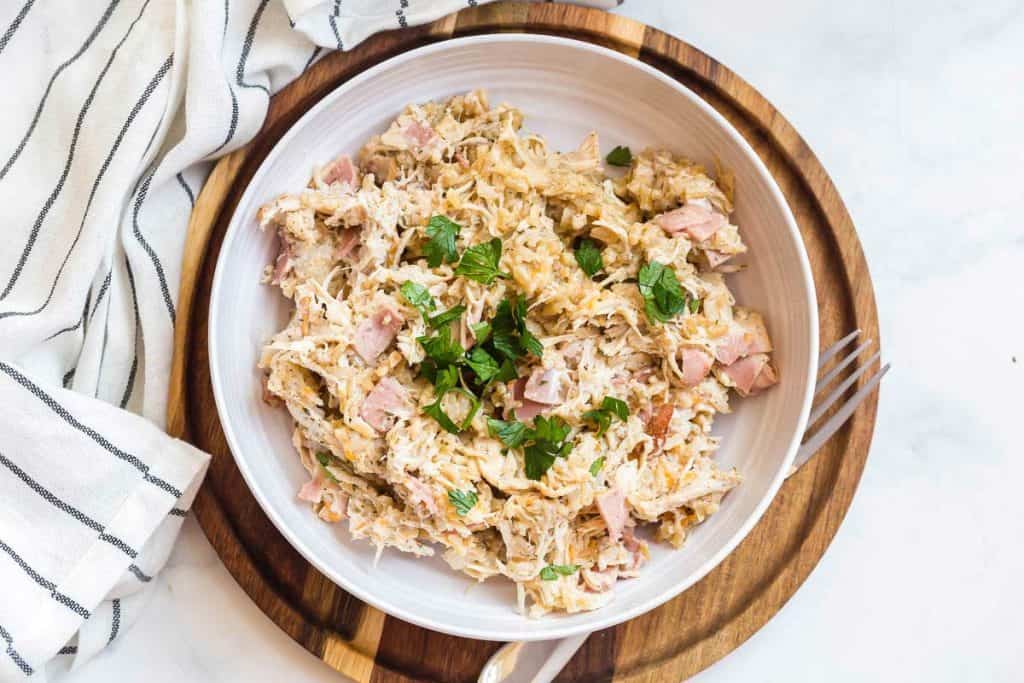
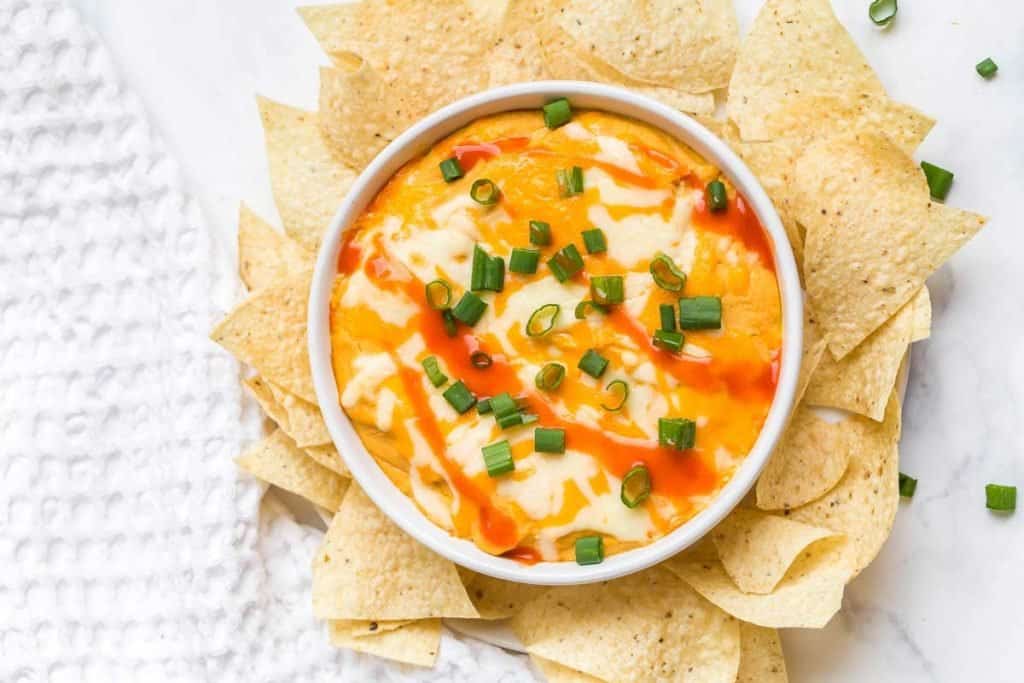
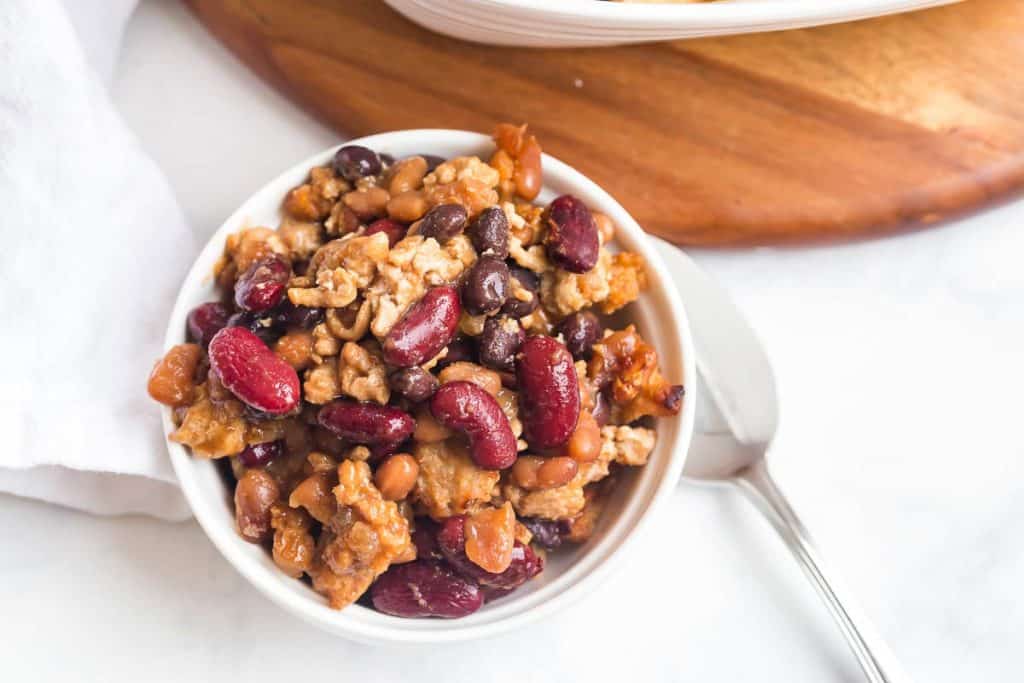











This is so easy to do and yet I always forget how to do it. I need to look it up each and every time.
if you have a wordpress platform, go search nofollow under their plug ins. there are a bunch of free ones that automatically add a nofollow for you so its easy. Im using Ultimate Nofollow, and it adds a check box to the link box when I add a link, so I can easily nofollow or not. I like it!
I did not know that this could be done. Great information to have!
Great article! Very detailed! I actually do use a plug in for my blog posts to the the link in there, but I also always check the code to make sure that it is done. the plug in I use is not a blanket plug in for all links, but instead a box that I check on only the links I want.
Good idea, Andrea!
Excellent article. I rarely have done paid posts, so I don’t use this code very often. But this post is clear and thorough. I pour my juice pretty freely. I will be doing some posts for nifty swag I’ve received, and this is an excellent reminder and refresher. Thanks!
Great info! Thanks for yet another great tutorial blog post. You’re awesome!
Good info to know. I had seen the “no follow”, but didn’t really when to use it. Thanks for clarifying!
Thanks so much! This was really helpful.
Great post and explanation! I pinned for my readers to learn from you.
Thank you, Kristie!
I didn’t really know why…I just knew it was important. Glad to understand now!
I’m glad it made sense to you! It’s tough to explain :)
I am just wondering if I link a product to Amaazon do I need to add that no follow to the link amazon makes?
Best practice is to nofollow affiliate links, since you *could* be making money off of it.
Thank you. I am trying to remember how or where I should to insert it. This is somewhat confusing but I’m beginning to get a grasp. :) Thank you.
Where you should insert the nofollow link or the affiliate link?
Yeah, I have been putting it after the on hte Amazon links. I guess it’s not real good to link from Amazon when doing these reviews?
I always link to Amazon in reviews, unless I’m working with the brand directly. The link goes in the same place as I mentioned above in the post, and with Amazon it actually lasts for 24 hours (anything they purchase within the next 24 hours will earn you affiliate $).
Thanks so much for your help. It means so much.
I just saw that you have a book written on blogging and I just ordered it! :)
All good tips always lead to you!! Got here via SITS this time! Perfect timing as starting to consider sponsored posts. Thanks again!!
Awh, thank you Joan! I’m happy to help!
Great information, thank you :)
Great info, thanks for making it so plain. Been very helpful..somehow I thought it was the other way around that when you link to those sites that had a high ranking that your page is the one that got the juice/boost and not them.. now I know different.
Thank you, Yvonne! When those high ranking sites link to you, then you get the boost. That’s why it’s good to leave comments on bigger blogs :)
Thank you for this post. It’s very simple to understand. As a new blogger this information is vital.
Do I need to have “no follow ” on links to affiliates on my site?
Thanks again,
Maureen
http://www.happilyembellished.com
You’re welcome!
Yes, it’s best practice to nofollow affiliate links, since you’ll (hopefully) be making money from them.
Thank you so very much for this, Becca… Makes me a little worried b/c I have so many links on my site (because of sponsored posts and ads) and I don’t have “nofollow” for any of them. Do you think I should go back and “nofollow” all of them or just keep this in mind moving forward? I just checked and my PR is a 3… but I’ve also been blogging since ’09 so it should probably be better, no?
Also, does an affiliate know if a link is “nofollow” or not? Sorry if that’s a silly question :)
You’re welcome!
Yeah, it stinks. I had a ton, too. I’d go back (starting with the most recent) and start changing them to nofollow. I’ve also been unlinking some, as I used to link to brands many times in one sponsored post.
That’s not a silly question at all. Affiliate links should be nofollow, because you’re earning money. Brands can tell if links are nofollow – hover over a link, right click and click on “inspect element.” You’ll be able to see if links are nofollow or not.
This is so helpful, Becca! Thanks for making it easy for “non-techy” people like me!
Such an important thing, and yet I haven’t done it for my own blog. Thanks for the great reminder!
You’re welcome! Thanks for stopping by!
This is really helpful! Thank you for sharing. :)
That was a very useful insight into a very grey area for me.
I actually think I now understand the nofollow idea. :)
Great stuff,
Thank you.
At least one benefit to using Blogger is that they make this super easy. When you add a link into your post there is a box you can check to make the link no-follow. Also, I have gone back through old posts and edited the links this way too.